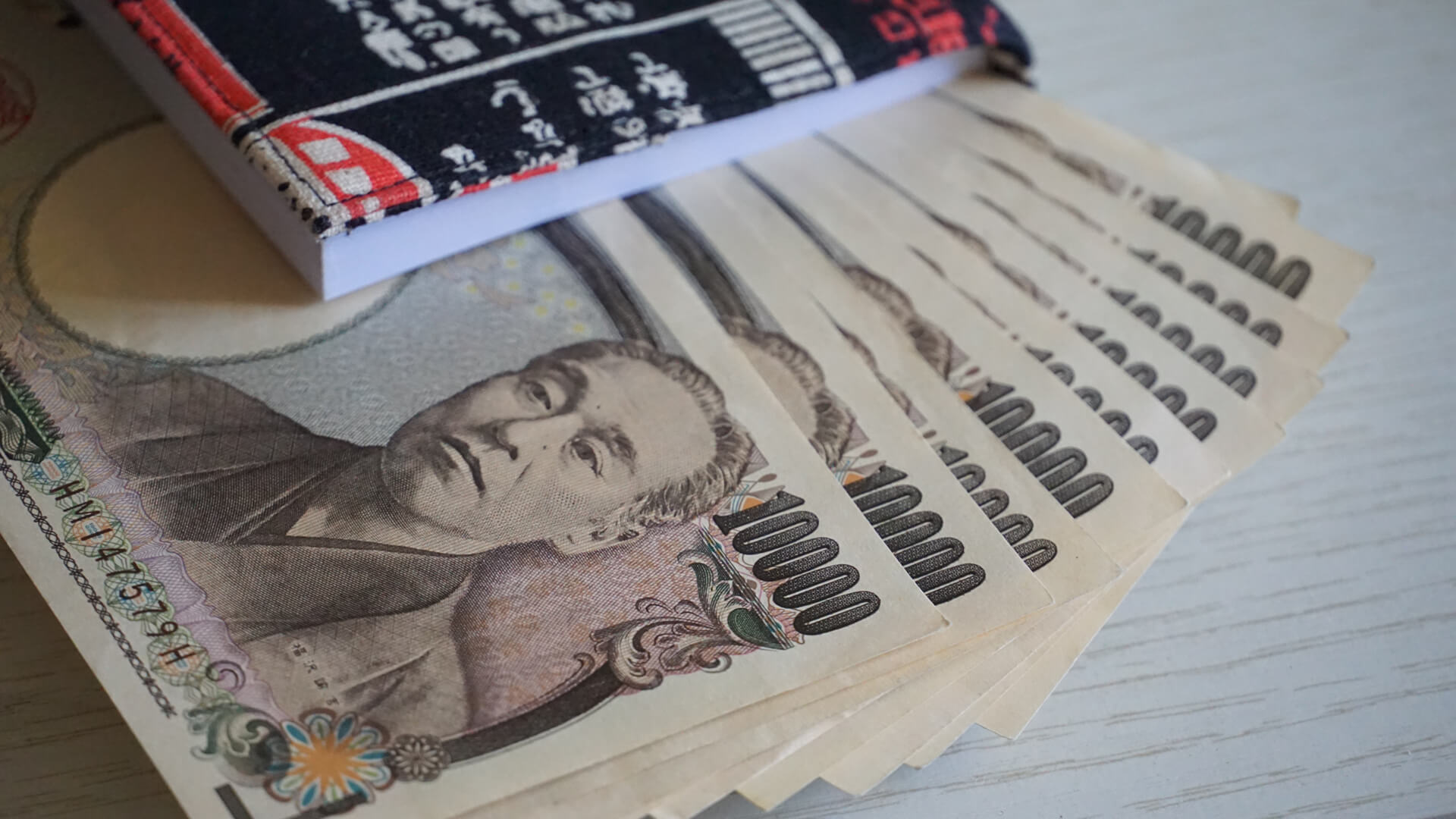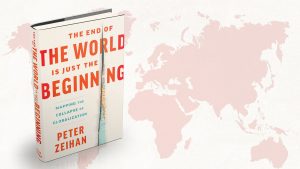The Japanese yen is at its weakest point in two decades. A year ago, the dollar was worth 110 yen. Now it is worth 135. Japan’s central bank is increasingly hearing calls to hike up interest rates à la the Federal Reserve, despite its historically accommodative monetary stance. To help explain the backstory, here is an excerpt from the Finance section of The End of the World is Just the Beginning:
Long before the world wars, even long before America’s Admiral Perry forced Japan open to the world, the Japanese had a unique view of debt. In Japan capital exists not to serve economic needs, but instead to serve political needs. To that end, debt was allowed, even encouraged . . . so long as it didn’t become inconvenient to the sovereign. Dating back to the seventh century, if widespread debt got in the way of the emperor or shogun’s goals, it was simply dissolved under the debt forgiveness doctrine of tokusei. Drought? Tokusei! Floods? Tokusei! Famine? Tokusei! Government in the red? Tokusei . . . with a 10 percent processing fee!
As such, debt tended to boom, especially when debt was already widespread. After all, the worse the overall financial situation, the better the chance the emperor would emerge onto his balcony, wave his fabulous scepter, and declare this or that class of debts null and void. It happened so often that bankers went to extraordinary lengths to protect their economic and physical well-being: they had a tendency to write tokusei riders into their loans so borrowers couldn’t count on the debt simply evaporating, and they similarly needed to live in walled compounds so when a tokusei was declared, mobs could not storm their homes, beat them to death, and burn the loan documentation to prevent such riders from being executed. Fun times.
Anyhow, the point here is that while economics and politics have always been intertwined, Japan was the trendsetter in making finance a tool of the state. Once that particular seal was broken, it became pretty common for the Japanese government to shove embarrassingly large amounts of cash at whatever project needed doing. In most cases such “cash” took the form of loans because—you guessed it—sometimes the government found it handy to simply dissolve its own debts and start from financial scratch. Tokusei always left someone holding the bag, but in rough-and-tumble pre–World War II Japan, it was typically some faction of society that happened to be on the outs with the central government, so . . .whatever.
The end of World War II triggered another debt reset, albeit less because of imperial decree and more because everything had been leveled. Considering the absolute devastation and humiliation the gaijin had visited upon the Japanese, it was paramount that postwar Japan move in cultural lockstep. That no one be left behind.
The solution was to apply the peculiar Japanese attitude to debt toward broad-scale rebuilding efforts, with massive volumes of capital poured into any possible development project. The specific focus was less on the repair and expansion of physical infrastructure and industrial plant than on maximizing market share and throughput as a means of achieving mass employment. Purchasing the loyalty and happiness of the population—who rightly felt betrayed by their wartime leadership—was more important than generating profits or building stuff. That a loyal and happy population was pretty good at building stuff didn’t hurt.
From a Western economic point of view, such decision making would be called “poor capital allocation,” the idea being that there were few prospects that the debt would ever be paid back in full. But that wasn’t the point. The Japanese financial model wasn’t about achieving economic stability, but instead about securing political stability.
That focus came at a cost. When the goals are market share and employment, cost management and profitability quietly fade into the background. In a debt-driven system that doesn’t care about profitability, any shortfall could simply be covered with more debt. Debt to hire staff and purchase raw materials. Debt to develop new products. Debt to market those products to new customers. Debt to help the new customers finance those new purchases.
Here at Zeihan On Geopolitics we select a single charity to sponsor. We have two criteria:
First, we look across the world and use our skill sets to identify where the needs are most acute. Second, we look for an institution with preexisting networks for both materials gathering and aid distribution. That way we know every cent of our donation is not simply going directly to where help is needed most, but our donations serve as a force multiplier for a system already in existence. Then we give what we can.
Today, our chosen charity is a group called Medshare, which provides emergency medical services to communities in need, with a very heavy emphasis on locations facing acute crises. Medshare operates right in the thick of it. Until future notice, every cent we earn from every book we sell in every format through every retailer is going to Medshare’s Ukraine fund.
And then there’s you.
Our newsletters and videologues are not only free, they will always be free. We also will never share your contact information with anyone. All we ask is that if you find one of our releases in any way useful, that you make a donation to Medshare. Over one third of Ukraine’s pre-war population has either been forced from their homes, kidnapped and shipped to Russia, or is trying to survive in occupied lands. This is our way to help who we can. Please, join us.








